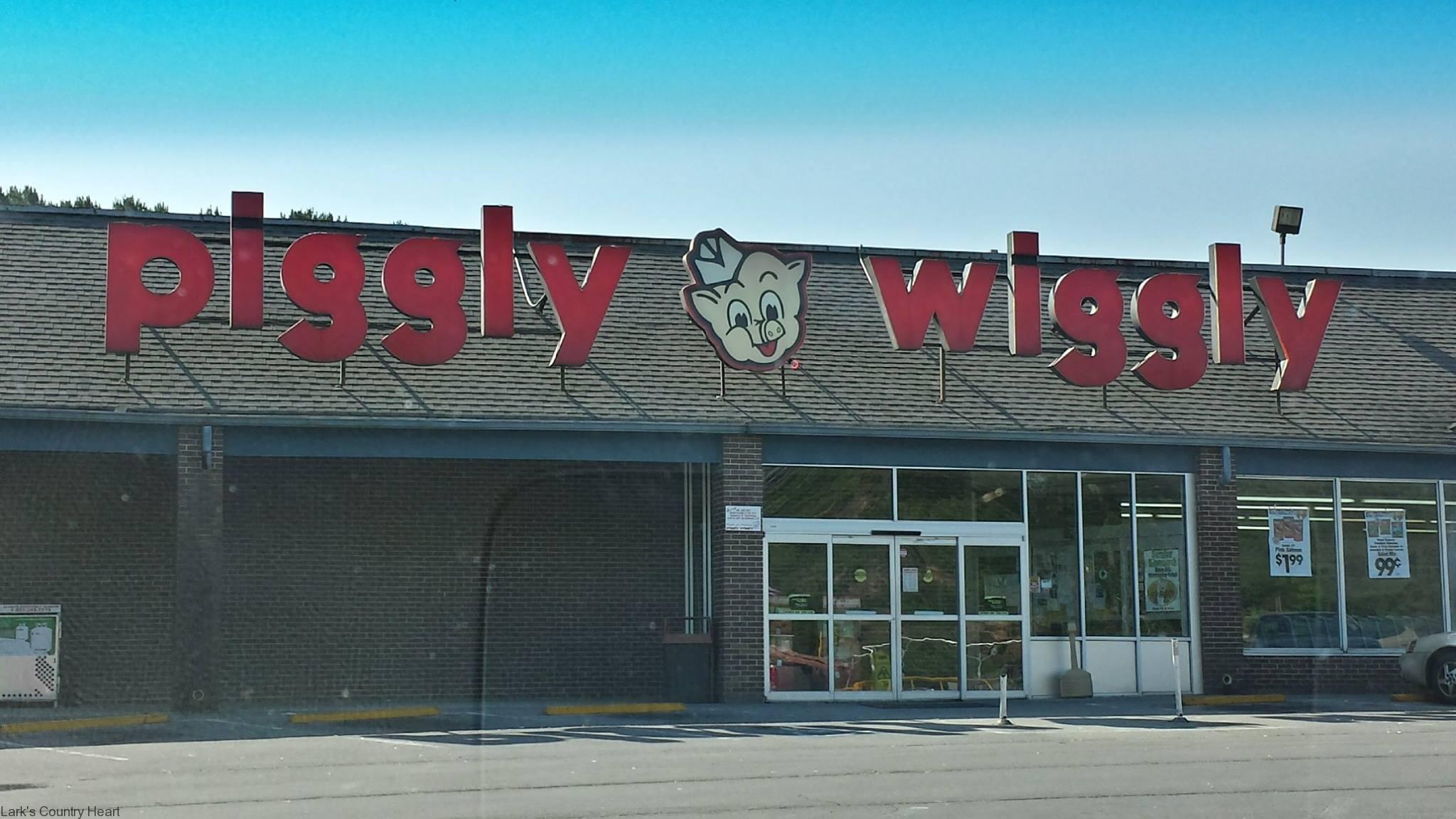
Piggly Wiggly has a long history in Tennessee. Stores in South Carolina and Mississippi have also recently shuttered, raising concerns about potential food deserts.
#Piggly wiggly series#
The fate of the Piggly Wiggly on West End is the latest in a series of closings that have diminished the chain’s presence over the last few years. He says they made a point of making customers feel valued.

Manager Lee Gattis says this job has been different than other retail gigs he’s held before. “It just won’t be the same without this wonderful, old, crazy place,” Threk Michaels, a longtime employee, says. Although the chain has two more locations in Nashville and hundreds more across the South, community members say the closure feels personal. The beloved Piggly Wiggly plans to close its doors for good at the end of the week. That’s exactly what’s happened for this West End grocer. in Nashville.Įvery day, businesses open and close, but rarely does the loss of a chain store cause so much heartache. “It’s like a family atmosphere.” Julia Ritchey WPLN NewsĪ customer exits the Piggly Wiggly at 2900 West End Ave. “Everybody down here is on a first name basis,” Blair said. He came to buy a box of matches, but really it was an excuse to catch up with some of his favorite people. Must have been the names.On a rainy Wednesday afternoon, Ken Blair went on his routine stroll to Piggly Wiggly on Nashville’s West End. He later tried to introduce concepts like Keedoozle and Foodelectric, fully automated grocery stores, didn’t take off. But he wasn’t done redesigning the grocery business. As a result, he lost control of it early in the 1920s. According to Piggly Wiggly, not long after he franchised the Piggly Wiggly idea Saunders started issuing public stock in the company. Though his model quickly took off, he wasn’t at the helm for very long.

The year after the first store opened, Saunders secured his concept with a series of patents belonging to his Piggly Wiggly Corporation. “One story says that, while riding a train, he looked out his window and saw several little pigs struggling to get under a fence, which prompted him to think of the rhyme.” Another option is branding, Piggly Wiggly writes: “Someone once asked him why he had chosen such an unusual name for his organization, to which he replied, ‘So people will ask that very question.’” “He was curiously reluctant to explain its origin,” Piggly Wiggly’s corporate history reports. “One day Memphis shall be proud of Piggly Wiggly… And it shall be said by all men… That the Piggly Wigglies shall multiply and replenish the earth with more and cleaner things to eat,” Saunders said a few months after the store’s opening, according to Freeman.Īs for the name, nobody knows. By the end of that first year there were nine Piggly Wiggly locations around Memphis. Shoppers on that first day did see some employees stocking shelves, Freeman writes, “but they politely refused to select merchandise for visitors.” Just like today, a shopper picked up a basket (though Piggly Wiggly’s were made of wood, not plastic) and went through the store to purchase everything. Saunders’s model cut costs by cutting out the clerks. Even chain stores used clerks.Īlthough the chain store model helped keep costs down, the University of Michigan Library writes, the “small army of clerks” necessary to fill orders were expensive, the university writes, and at least part of that cost was passed on to the consumer. Before Piggly Wiggly, groceries were sold at stores where a clerk would assemble your order for you, weighing out dry goods from large barrels. This enthusiastic greeting was necessary because Saunders was trying something completely new. A brass band serenaded the visitors in the lobby.” “Newspaper reporters posing as contest judges awarded five and ten dollar gold coins to every woman, while the supply lasted. “At the door Saunders shook their hands and gave to their children flowers and balloons,” Freeman writes. For the store’s opening ceremonies, writes Mike Freeman for the Tennessee Historical Quarterly, Saunders promised to hold a “beauty contest” that he advertised in local newspapers. But its founder Clarence Saunders was clearly onto something-today, self-service grocery stores are the norm.

Its founding is one of the stranger stories in the history of retail. Today, the chain has more than 530 stores across 17 states, according to its website. On this day in 1916, the first Piggly Wiggly opened in Memphis, Tennessee. The one question is why their innovator named the first one Piggly Wiggly. Self-serve grocery stores saved shoppers money and made financial sense.


 0 kommentar(er)
0 kommentar(er)
